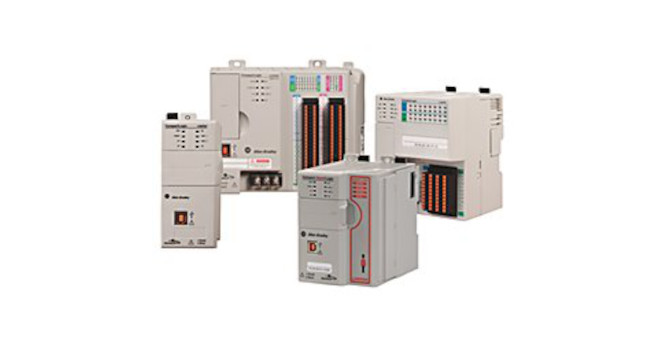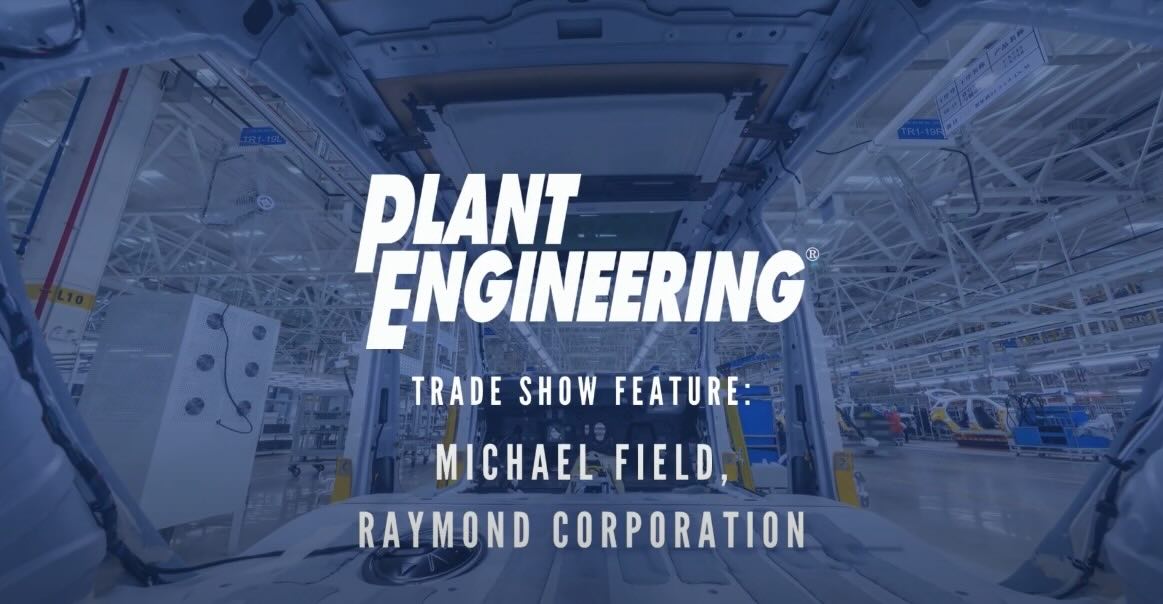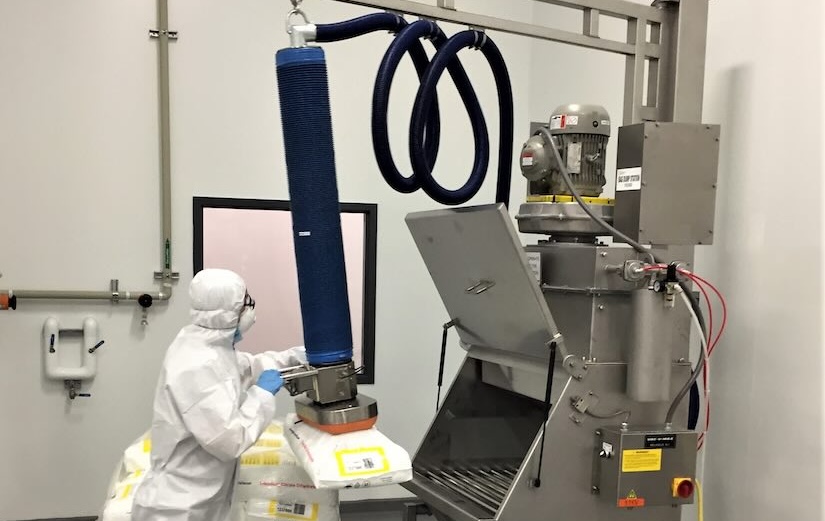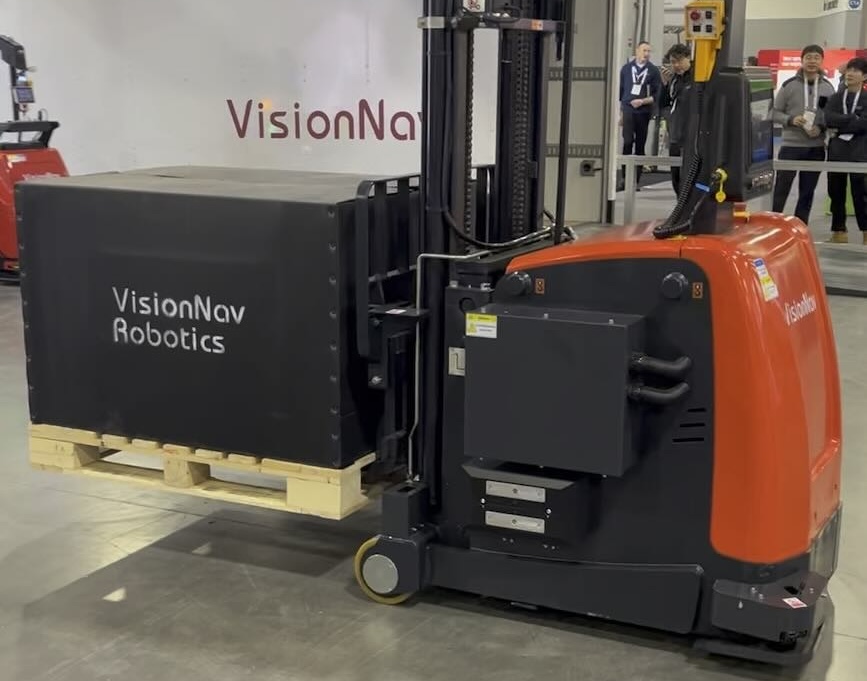Source capture and ambient systems for collecting contaminants include hoods, ducting, air-cleaning devices and air-moving devices like fans, along with separate hoods and ducting. Capturing contaminants at the point of generation before they can escape into the ambient air is always the recommended approach, but many factors in plant layouts can make a source capture system impractical.
Source capture and ambient systems for collecting contaminants include hoods, ducting, air-cleaning devices and air-moving devices like fans, along with separate hoods and ducting. Capturing contaminants at the point of generation before they can escape into the ambient air is always the recommended approach, but many factors in plant layouts can make a source capture system impractical. Typical examples include applications where:
-
Workers are not able to use hooded systems close to the contaminant generation point. Some source capture systems might require special physical positioning by the worker. If the worker cannot effectively perform the task in that position, the system is rendered ineffective
-
The work is done on large parts where the worker has no fixed operating position and making source capture difficult or impossible
-
A large number of small dust, fume or mist procedures are performed in a confined area, or where it is cost-prohibitive to install source-capture units on multiple pieces of equipment in the same location
-
The overall work area is too large to enclose or use source-capture hoods
-
Plant configuration makes ducting to the application impossible, such as applications where overhead equipment is used
-
Floor layout revisions are anticipated and the resulting duct modifications could be expensive.
-
In such instances, the solution is generally installation of ambient air, unducted media filtration units, such as electrostatic precipitators and cartridge dust collection systems. Many metal fabrication and metalworking applications fall into this category: grinding, welding, machining, arc and flame cutting and abrasive blasting, where dust, fumes and/or oil smoke and coolant mists are released into the atmosphere.
Other pollutant-generating manufacturing applications that might require unducted ambient capture include:-
Ceramics — product handling, fettling, sizing, glazing
-
Chemical — material handling, crushing, grinding, pneumatic conveying, bin venting
-
Foundry — sand handling, shakeout, abrasive cleaning, mold lubrication
-
Pharmaceutical — mixing, grinding, weighing, blending, bagging, packaging
-
Plastics and rubber forming.
-
-
Unducted ambient air collection options
Facilities typically can consider two options. The first is to use a large central air change within the facility. Large collection systems drag air out of the area; force it through a bank of pulse-blast, dust-cleaning cartridges; and then bring the cleaned air back into the facility. The second is to use multiple smaller units: ESPs or cartridge dust collectors mounted above the plant floor to move air in a predetermined pattern that allows workers unrestricted movement. The best choice — a large central system or multiple media filtration units — depends on the contaminant and the application. Typically, the decision is based on air volume and cost per CFM. In a large application, the price tag for using many smaller units — each of which requires a fan and starter — can be more than the cost of a large single unit.
Electrostatic precipitators
ESPs are highly efficient, heavy-duty air cleaning devices that can remove smoke, fumes, dust and coolant mist from the air stream. Their primary application areas are in metalworking and the production and fabrication of plastic and rubber parts. In unducted applications, multiple units are typically used to circulate the air from unit-to-unit in circular, racetrack or cross-bay configurations (Fig. 1). These systems not only re-circulate air into your plant, they can also reduce exhaust make-up requirements up to 80%. ESPs work by electronically charging both large and microscopic contaminants. They then capture the impurities in collection cells. At the same time, valuable resources such as coolants, oils and plasticizers are collected for recycling. ESPs can be ducted and used singly in applications up to 9,000 CFM.
Ambient air cartridge dust collection
Cartridge dust collectors, designed to capture hazardous contaminants in ambient air, are generally self-contained systems. Figure 2 illustrates the use of multiple cartridge dust collectors mounted over a three station welding operation to re-circulate the air in a racetrack pattern. Operating continuously, they draw fumes, dust and other airborne contaminants from the workspace into filters, and then re-circulate clean air back into the plant. These units are equipped with a reverse-pulse jet filter cleaning system (Fig. 3). In operation, a fan draws the dirty incoming airflow through the filters that capture the contaminants and then pulses the contamination into drawers or a hopper below the filter. The cleaned air then passes through the filters and exits the collector. Typically, the cleaned air is recycled into the workplace.
However, there are no limits in terms of the square footage area that can be handled by an ambient air cartridge dust collection system (Fig. 4). An example of such an application would be the use of a cartridge dust collection system for weld fumes in a 480,000 cubic foot facility that provides eight air exchanges per hour at 64,000 CFM.
Which is best for your application, an ESP, or a cartridge dust collection system? The answer is based on the loading that the system needs to endure and the contaminant type. Cartridge filters are best for heavy loadings such as wood dusts, heavy welding, grinding and blasting. ESPs work best for light weld fumes and where there is mist and wet particulate.
Design criteria and equipment selection for unducted ambient air collection systems
When selecting an unducted ambient air collection system, design factors that plant managers should consider include:
-
Size and shape of the available space
-
Type of contamination that needs to be captured
-
Contaminant generation rate and desired steady-state contaminant levels
-
Required number of air exchanges per hour (see “Air change guidelines”)
-
Existing ventilation, replacement air rates, all HVAC system air volumes and airflow patterns
-
Airflow pattern continuity (noting any seasonal variations)
-
Appropriate filtration technology to match room layout, contaminant generation and steady state containment levels
-
End results expected
-
Overhead interferences (cranes, equipment, etc.)
-
Considerations include:
-
Control of unducted unit clean air discharge direction and throw distance
-
Concentration of units in area of heavy contaminant generation
-
Air guide entrance panels where required
-
Proper unit hanging height (9 to 15 feet above plant floor)
-
Column and access aisle locations
-
Existing air movement sources
-
Use of curtains to contain contaminants
-
Use of auxiliary fans or ‘air movers’ to aid air pattern.
-
Getting expert advice
If your plant is like many others, it probably houses multiple handling and processing operations with a number of contaminant sources. Each source can create its own situational problems. The best solution may be to combine methods and equipment. Hence, it is best to work with an independent industrial air filtration specialist to evaluate workplace air quality requirements. Experts can recommend a clean air solution that ideally fits the workplace and provides the clean air plant workers want and deserve. In making a purchase decision, managers must remember that it is not simply the cost of the air cleaning equipment.
Author Information Paul Sawyer, regional sales manager at United Air Specialists, Inc., oversees sales and distribution in the Midwest. He has more than 11 years of experience in the industrial filtration industry.
-
-
-
-



